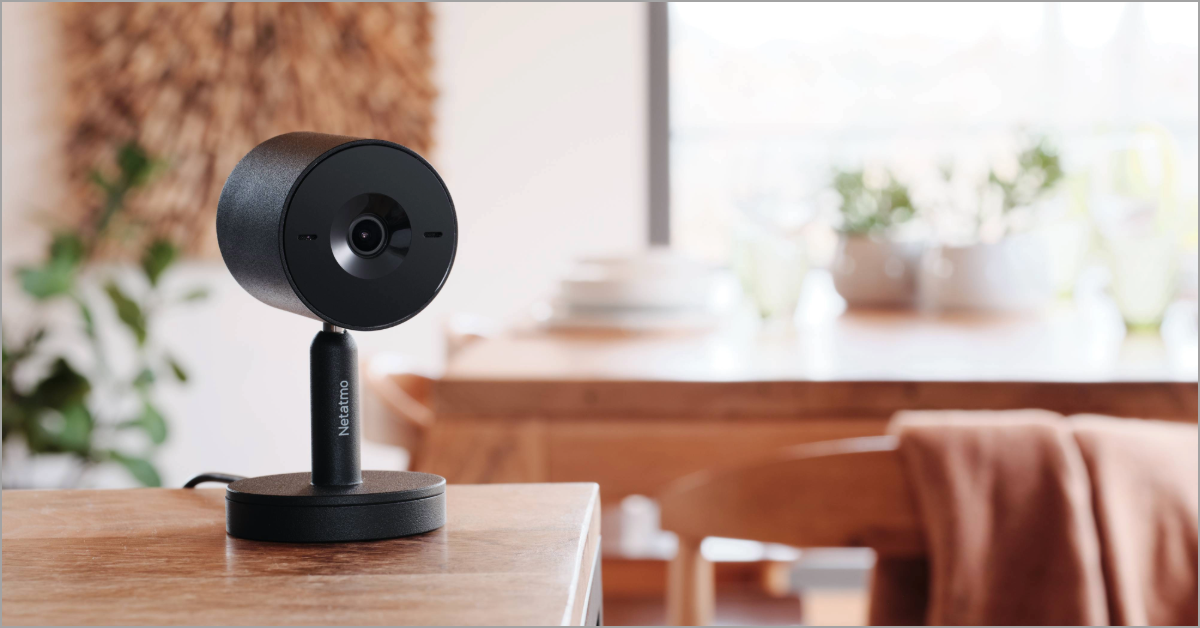
New Indoor Camera Advance

There is universal concern regarding the harmful effects of greenhouse gases emitted by industry, transport, and meat production, among others. We also know the figures, at least 15,000 deaths per year in the UK because of this air pollution and poor air quality.
Staying away from vehicles and indoors to protect your health is unfortunately not the answer! Pollution is 5 to 10 times higher at home, even though we spend 80 to 90% of our time there.
The same pollutants are often found outside: nitrogen dioxide, fine particles, etc. Greenhouse gases are harmful to the environment and the ozone layer, but also to your health, which is why indoor pollution measurements are recommended as well as air quality monitor.
Despite the obvious and proven health risk of indoor pollution, in the UK is not compulsory to take measurements in residential housing (unlike public buildings, offices & industries) to improve ventilation and get rid of indoor pollution. To carry out measurements of your air quality and indoor pollution, you should therefore turn to private actors specialised in these measurements.
Firstly, it should be noted that carbon dioxide is not a sufficient or even relevant tool for measuring air quality or particulates. It is a greenhouse gas, but it is not possible to tell if you have good air quality or not in your house by using it on its own. This was recently explained by the Agence Nationale de sécurité Sanitaire (Anses), a well-known organisation in France, particularly on pollution.
On the other hand, indoor pollution involves many pollutants:
To further improve your air quality, the Netatmo Smart Weather Station allows you to measure indoor pollution, but also temperature, humidity, and noise levels. To measure air pollution as well as noise pollution and noise level. You can then use this data to air and ventilate according to the measured quality!
If pollution is as present (or more present) indoors as outdoors, it is equally possible to have detailed measurements. On the one hand, you have Airparif, which analyses pollution and air quality in Paris and the Ile-de-France region to generate alerts of peak outdoor air pollution. On the other hand, everyone can take their measurements at home to analyse the level of pollution, pollutants, and air quality directly at home.
Pollutants such as fine particles and pollution, in general, can indeed be monitored thanks to devices that allow the precise measurements of indoor air quality such as an air quality monitor or a smart weather station.
First of all, it is important to realise that measuring the level of pollution is the first step in the fight against the emission of pollutants, carbon dioxide, and other greenhouse gases. Before tackling pollution and air quality, we need to understand their levels!
The advantage of smart devices (weather stations, sensors, and other detectors) is that they can alert you about the quality of the air so that you can react before the pollution becomes a serious problem. The good news about these technologies is that they are now very reliable and there is a wide choice in the UK alone.
Use the Netatmo Smart Weather Station to keep the air in your home fresh and clean. Get rid of indoor air pollution! Ensure sufficient air exchange to remove pollutants and improve air quality. And why not use the Velux Active with Netatmo technology to automate the ventilation of your home according to the level of pollution in your home? It's easy!
Once the air quality and pollution have been measured, it is not over yet… The situation still needs to be improved and we need to tackle pollutants! It is difficult to directly control pollutant emissions, except by paying attention to household products decoration and indoor materials. Such as scented candles, indoor plants, cleaning agents, etc.
However, what you can (and should) do to improve air quality is to ventilate for at least 15 minutes in the morning and evening, ensure that you have permanent ventilation, and generally ensure that the air is renewed as often as possible. This last point is the key to limiting the presence of fine particles and other pollutants!
It is our duty as individuals to do everything we can to reduce the number of deaths and illnesses caused by pollution in the UK each year. And since charity begins at home, why not start at home? Making your measurements is now accessible to most people. Then you'll know where you stand when it comes to pollution, pollutants, and solutions. Shall we all do it together?
Don't wait until you feel the first symptoms of pollution to start air quality measurements! Taking action before it's too late for your health means first and foremost analysing fine particles and other pollutants in your home. But remember: measuring pollution is the first step, action must follow for real health benefits!